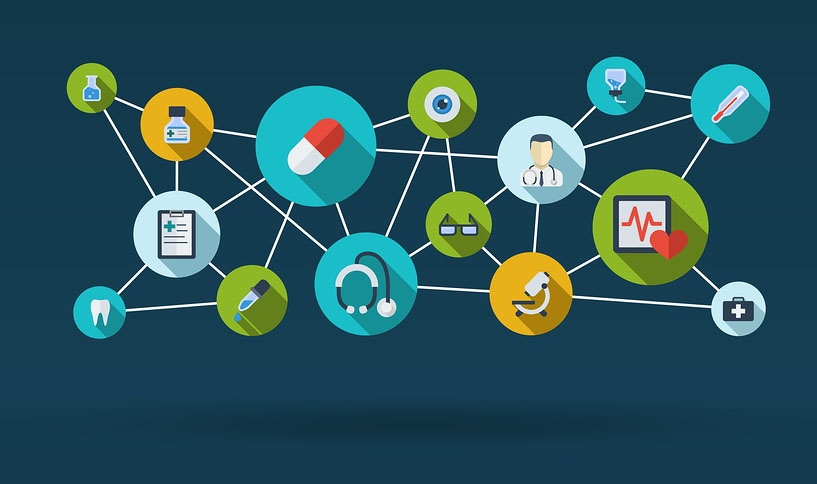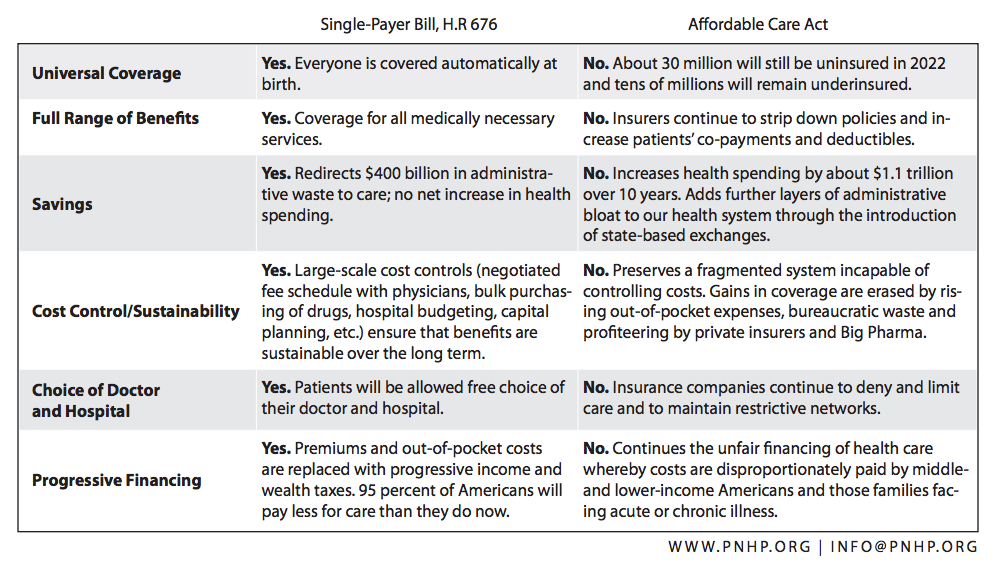The 9-Second Trick For What Is More Affordable Urgent Care Metro Urgent Care Or Concentra Health Services
A trainee as soon as differed with him and when Dr. Sigerist asked him to estimate his authority, the student yelled, "You yourself said so!" "When?" asked Dr. Sigerist. "Three years earlier," responded to the trainee. "Ah," said Dr. Sigerist, "3 years is a long period of time. I have actually altered my mind ever since." I think for me this talks to the changing tides of viewpoint and that everything is in flux and available to renegotiation.
Much of this talk was paraphrased/annotated straight from the sources listed below, in specific the work of Paul Starr: Bauman, Harold, "Bordering On National Health Insurance since 1910" in Altering to National Healthcare: Ethical and Policy Issues (Vol. 4, Ethics in a Changing World) modified by Heufner, Robert P. and Margaret # P.

" Increase President's Plan", Washington Post, p. A23, February 7, 1992. Brown, Ted. "Isaac Max Rubinow", (a biographical sketch), American Journal of Public Health, Vol. 87, No. 11, pp. 1863-1864, 1997 Danielson, David A., and Arthur Mazer. "The Massachusetts Referendum for a National Health Program", Journal of Public Health Policy, Summer Season 1986.
" The House of Falk: The Paranoid Style in American Home Politics", American Journal of Public Health", Vol. 87, No. 11, pp. 1836 1843, 1997. Falk, I (which countries have universal health care).S. "Proposals Continue reading for National Health Insurance Coverage in the USA: Origins and Development and Some Point Of Views for the Future', Milbank Memorial Fund Quarterly, Health and Society, pp.
Gordon, Colin. "Why No National Medical Insurance in the United States? The Limits of Social Provision in War and Peace, 1941-1948", Journal of Policy History, Vol. 9, No (what is the affordable health care act). 3, pp. 277-310, 1997. "History in a Tea Wagon", Time Publication, No. 5, pp. 51-53, January 30, 1939. Marmor, Ted. "The History of Health Care Reform", Roll Call, pp.
Navarro, Vicente. "Case history as a Justification Rather than Description: Critique of Starr's The Social Improvement of American Medication" International Journal of Health Solutions, Vol. 14, No. 4, pp. 511-528, 1984. Navarro, Vicente. "Why Some Nations Have National Health Insurance, Others Have National Health Service, and the United States has Neither", International Journal of Health Solutions, Vol.
What Is A Health Care Spending Account Fundamentals Explained
3, pp. 383-404, 1989. Rothman, David J. "A Century of Failure: Health Care Reform in America", Journal of Health Politics, Policy and Law", Vol. 18, No. 2, Summer 1993. Rubinow, Isaac Max. "Labor Insurance", American Journal of Public Health, Vol. 87, No. 11, pp. 1862 1863, 1997 (Originally published in Journal of Political Economy, Vol.
362-281, 1904). Starr, Paul. The Social Transformation of American Medicine: The rise of a sovereign occupation and the making of a vast industry. Basic Books, 1982. Starr, Paul. "Transformation in Defeat: The Changing Goals of National Health Insurance Coverage, 1915-1980", American Journal of Public Health, Vol. 72, No. 1, pp. 78-88, 1982 - what is single payer health care.
" Crisis and Change in America's Health System", American Journal of Public Health, Vol. 63, No. 4, April 1973. "Toward a National Healthcare System: II. The Historical Background", Editorial, Journal of Public Health Policy, Fall 1986. Trafford, Abigail, and Christine Russel, "Opening Night for Clinton's Plan", Washington Post Health Magazine, pp.
The United States does not have universal health insurance protection. Almost 92 percent of the population was approximated to have protection in 2018, leaving 27.5 million people, or 8.5 percent of the population, uninsured. 1 Movement towards protecting the right to healthcare has been incremental. 2 Employer-sponsored health insurance was introduced throughout the 1920s.
In 2018, about 55 percent of the population was covered under employer-sponsored insurance. 3 In 1965, the first public insurance programs, Medicare and Medicaid, were enacted through the Social Security Act, and others followed. Medicare. Medicare makes sure a universal right to health care for individuals age 65 and older. Eligible populations and the series of advantages covered have actually gradually expanded.
All recipients are entitled to standard Medicare, a fee-for-service program that supplies healthcare facility insurance (Part A) and medical insurance (Part B). Given that 1973, beneficiaries have actually had the option to receive their protection through either standard Medicare or Medicare Advantage (Part C), under http://andersonbekt382.bearsfanteamshop.com/the-main-principles-of-surgical-site-infections-in-america-and-how-many-are-treated-in-home-health-care-services which individuals register in a personal health care company (HMO) or managed care organization (what does a health care administration do).
8 Easy Facts About Why Is Health Care So Expensive Shown
Medicaid. The Medicaid program initially offered states the choice to receive federal matching financing for providing healthcare services to low-income households, the blind, and individuals with specials needs. Coverage was slowly made compulsory for low-income pregnant ladies and babies, and later for children approximately age 18. Today, Medicaid covers 17.9 percent of Americans.
People need to obtain Medicaid coverage and to re-enroll and recertify each year. As of 2019, more than two-thirds of Medicaid beneficiaries were registered in managed care companies. 4 Children's Health Insurance coverage Program. In 1997, the Kid's Medical insurance Program, or CHIP, was produced as a public, state-administered program for children in low-income households that make too much to receive Medicaid however that are not likely to be able to manage personal insurance coverage.
5 In some states, it runs as an extension of Medicaid; in other states, it is a separate program. Inexpensive Care Act. In 2010, the passage of the Patient Defense and Affordable Care Act, or ACA, represented the largest expansion to date of the federal government's function in funding and controling health care.
The ACA led to an estimated 20 million gaining protection, lowering the share of uninsured grownups aged 19 to 64 from 20 percent in 2010 to 12 percent in 2018.6 The federal government's duties consist Go here of: setting legislation and nationwide methods administering and paying for the Medicare program cofunding and setting standard requirements and policies for the Medicaid program cofunding CHIP financing medical insurance for federal workers along with active and past members of the military and their households controling pharmaceutical products and medical gadgets running federal marketplaces for personal health insurance providing premium aids for personal market protection.

The ACA developed "shared obligation" among government, employers, and individuals for making sure that all Americans have access to affordable and good-quality health insurance coverage. The U.S. Department of Health and Person Providers is the federal government's primary agency included with health care services. The states cofund and administer their CHIP and Medicaid programs according to federal guidelines.
They likewise help finance medical insurance for state staff members, control private insurance coverage, and license health specialists. Some states likewise handle health insurance coverage for low-income homeowners, in addition to Medicaid. In 2017, public costs accounted for 45 percent of total health care costs, or approximately 8 percent of GDP. Federal spending represented 28 percent of overall health care spending.
6 Simple Techniques For What Is A Single Payer Health Care System
The Centers for Medicare and Medicaid Solutions is the largest governmental source of health coverage financing. Medicare is funded through a mix of general federal taxes, a compulsory payroll tax that pays for Part A (healthcare facility insurance), and individual premiums. Medicaid is mainly tax-funded, with federal tax incomes representing two-thirds (63%) of costs, and state and local earnings the remainder.
CHIP is moneyed through matching grants offered by the federal government to states. The majority of states (30 in 2018) charge premiums under that program. Investing in personal health insurance coverage represented one-third (34%) of total health expenses in 2018. Private insurance is the main health coverage for two-thirds of Americans (67%).
